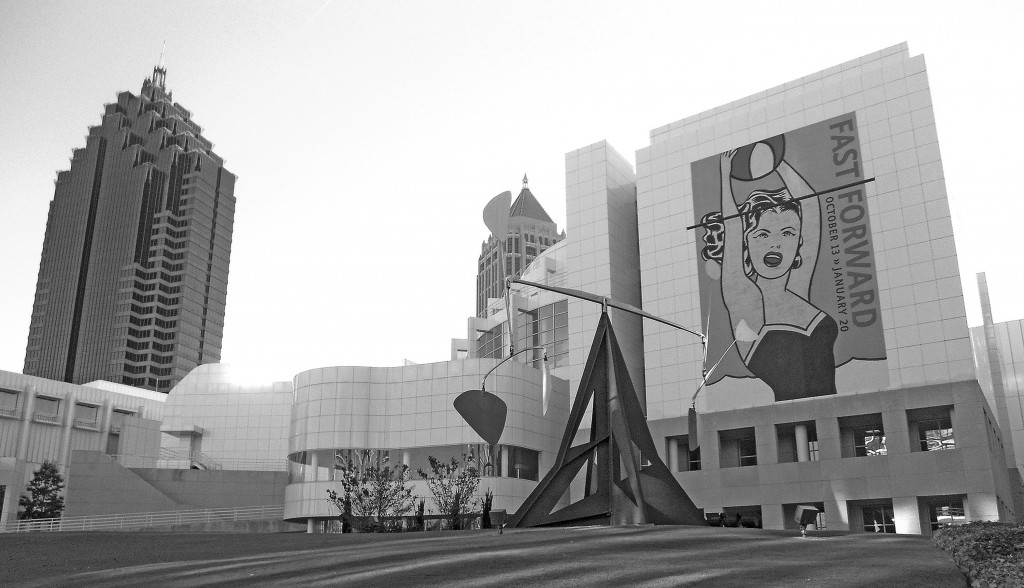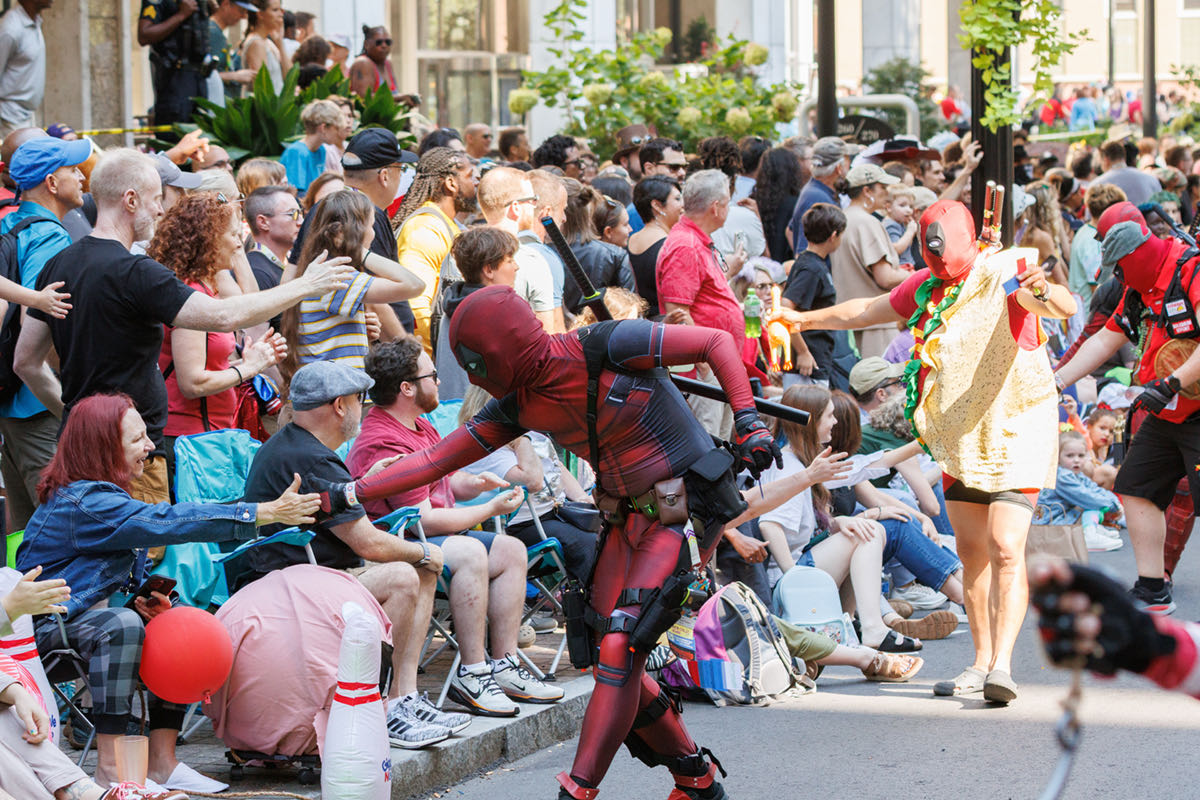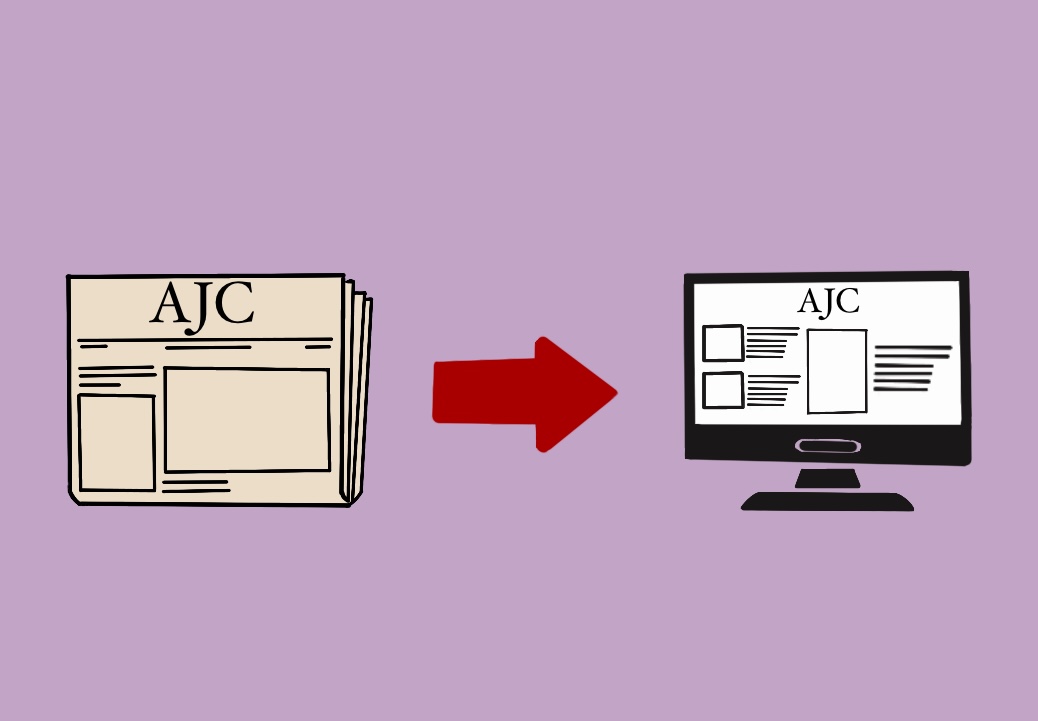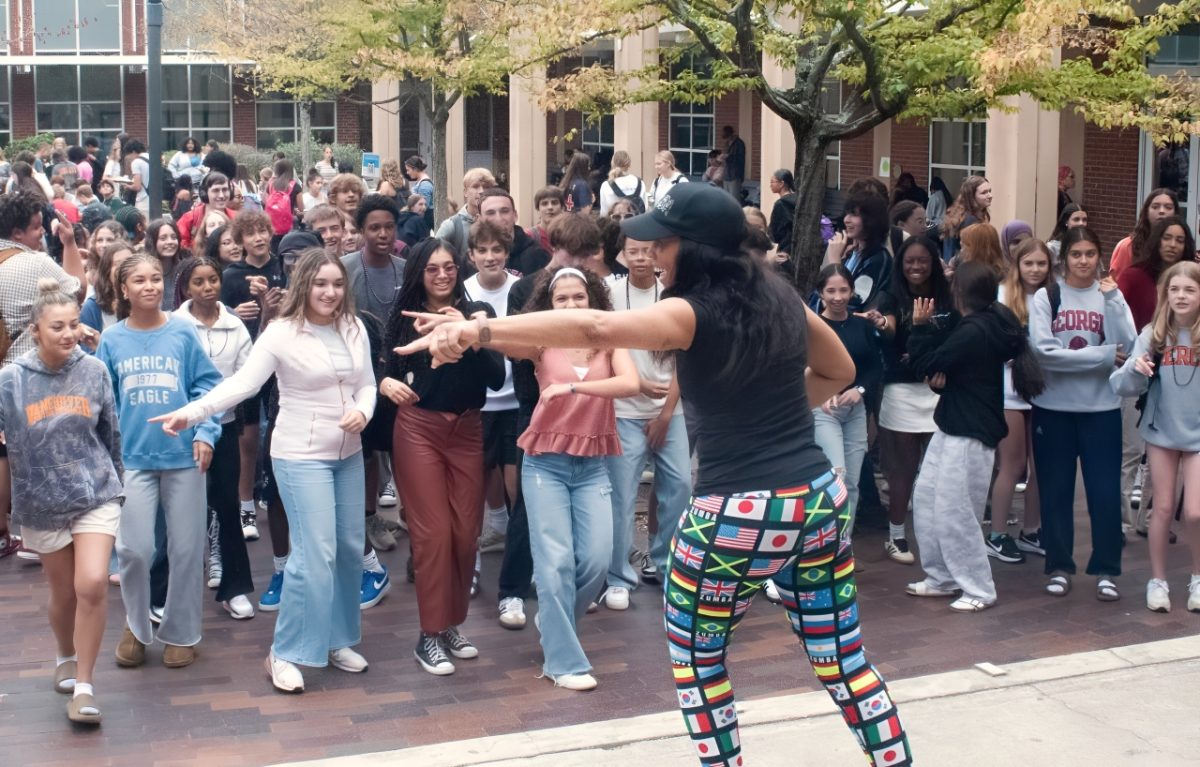
It is time to take a stroll through the new Fast Forward exhibit at the High Museum.
The collection, on loan from the Museum of Modern Art (MoMA) in New York City, highlights six pivotal years between 1913 to 2013.
By reading the preview of the exhibit provided by the museum, I learned the exhibit is about the years 1913, 1929, 1950, 1961, 1988, and 2013. These are years when artists abandoned the conventions of their time and became catalysts of change.
Artists such as Pablo Picasso, Franz Klein, Andy Warhol and Annette Messager acted as pioneers by utilizing new materials and inspiration for their pieces.
Simply put in by Henri Matisse, “All artists bear the imprint of their time, but the great artists are those in which this stamp is most deeply impressed.”
Walking through the exhibit, I found every piece of art I saw compelling. In each year, I had notable favorites.
The year 1913 was labeled “New Art for a New World” due to the influence of changes and inventions on art.
New art concepts such as Futurism in Italy, Cubism in France, and Rayonism and Synchronism in Russia and the United States developed over time.
My favorite piece was Ernst Ludwig Kirchner’s glamorous and seductive Street, Berlin—a painting of two prostitutes surrounded by men in the busy streets of Berlin.
This painting was a great representation of Expressionism in Germany because of Kirchner’s use of vivid colors and exaggerated forms.
Many of my questions were sparked by Lee Bontecou’s untitled sculpture created in 1961. He used conveyor belts as a solid canvas and welded steel, rawhide, black fabric, copperwire and soot to finish the sculpture. As this year of the exhibit was labeled “Art and Life,” I questioned his inspiration and why he repurposed everyday day materials as artistic mediums.
For me, the year 1988 stole the show, as it was the year with my favorite pieces: the three-dimensional work of Jeff Koons, Kiki Smit and Annette Messager.
Labeled as “Constructing Identities,” this portion of the exhibit addressed political, personal and social issues such as gender and race.
Koons’s Pink Panther was my favorite. The porcelain sculpture of a woman holding the Pink Panther made me wonder, “Who was the model for this and who was she to Koons?”
The surprise comes at the very end of the exhibit when you are introduced to the future of art. The sculpture by Sarah Sze incorporates household items such as buckets, cacti, bottles, lamps and much more.
The development of art over time and the influence of contemporary events on art captivated my imagination.
With my laborious schedule of schoolwork, volunteer work and college applications, time always seems as if it is in fast forward. I plan to come back and see this exhibit because it was the perfect time for me to press pause on my routine.







